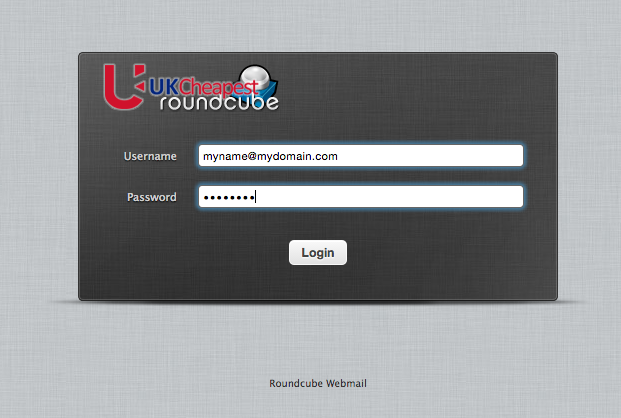The instructions provided in this section were verified against Apple Mail 8.2. They might not work with earlier or later versions of Apple Mail.
To set up Apple Mail:
- Open Apple Mail and choose the Add Other Mail Account option from the list.
- Click Continue.
- Specify your full name, your email address and password, and click Create. After you are prompted to configure the account manually, click Next.
- Specify the following:
- Account type. Select IMAP if you want to keep copies of received email messages on the server. Select POP if you do not.
- Mail Server. Type in your domain name, for example, example.com.
- User Name. Type in your full email address.
- Password. Type in your password.
- Click Next.
- Specify the following:
- Path Prefix: Enter INBOX as the path prefix.
- Port. Use port 143 if you selected IMAP or 110 if you selected POP. If you leave it set to AUTO sometimes the wrong port is used.
- Option Use SSL: Please leave the option as unchecked.
- Authentication. Select Password from the menu.
- Click Next.
- Specify the following:
- SMTP Server. Type in your domain name, for example, example.com.
- User Name. Type in your full email address.
- Password. Type in your password.
- Click Next. When prompted for additional information, click Next again.
- Specify the following:
- Port.Use port 587. If you leave it set to AUTO sometimes the wrong port is used.
- Use SSL. Please leave the option Use SSL as unchecked.
- Authentication. Select Password from the menu.
- Click Create.
Troubleshooting Apple Mail SMTP – Cannot Send Emails
If you are having problems with Apple Mail SMTP using IMAP, ensure you are using the following settings: Mail > Preferences > SMTP > Edit SMTP Server List > Advanced
- Automatically detect and maintain account settings: No
- Port: 587
- Use SSL: No
- Authentication: MD5 Challenge-Response
- Allow insecure authentication: Yes



 This is because Gmail users (yourself or others) have marked emails from you as spam either deliberately or accidentally.
This is because Gmail users (yourself or others) have marked emails from you as spam either deliberately or accidentally.




